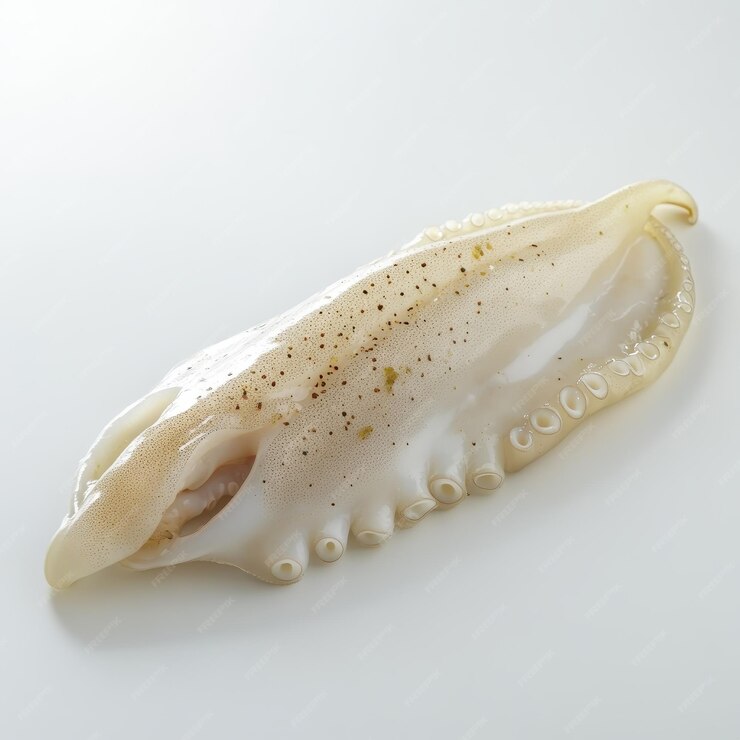Hirame fish, also known as Japanese flounder or flatfish, is a revered ingredient in Japanese cuisine. Its delicate flavor and versatility make it a popular choice among chefs and home cooks alike. This guide will explore everything you need to know about hirame fish, from its characteristics and culinary uses to buying tips and preparation methods. Whether you’re a seasoned chef or a curious foodie, this article will provide valuable insights into the world of hirame fish.
What is Hirame Fish?
Hirame fish, or Paralichthys olivaceus, is a type of flatfish native to the coastal waters of the western Pacific Ocean, particularly around Japan. It belongs to the flounder family and is known for its oval-shaped body, asymmetrical eyes, and both-sided flatness. Hirame is often distinguished by its pale, slightly translucent flesh and mild, sweet flavor.
Physical Characteristics
Hirame fish are characterized by their flattened bodies and both eyes located on one side of their head. The coloration of hirame can vary from a light brown to a pale gray, often with subtle spots or markings. This coloration helps them blend into the sandy or muddy ocean floor where they typically reside.
Habitat and Distribution
Hirame fish are commonly found in the temperate waters of the western Pacific Ocean. They inhabit coastal areas, including sandy or muddy seabeds, and are often caught at depths ranging from 10 to 200 meters. In Japan, hirame is especially prized and is a staple in both home cooking and high-end restaurants.
Culinary Uses of Hirame Fish
Hirame fish is a versatile ingredient used in various culinary preparations. Its delicate texture and mild flavor make it suitable for a range of dishes, from sushi and sashimi to grilled or pan-seared preparations.
Sushi and Sashimi
In Japanese cuisine, hirame is often enjoyed raw as sushi or sashimi. Its tender flesh and mild taste make it a popular choice for sushi enthusiasts. When served as sashimi, hirame is usually thinly sliced and accompanied by soy sauce, wasabi, and pickled ginger. The fish’s freshness is crucial for this preparation, so it’s essential to source high-quality hirame.
Grilled and Pan-Seared
Hirame can also be grilled or pan-seared to create flavorful dishes. When grilling, the fish can be seasoned with a simple salt and pepper rub or marinated in a mixture of soy sauce and mirin for added depth of flavor. Pan-searing involves cooking the fish in a hot skillet with a bit of oil until the exterior is crispy and golden brown while keeping the interior tender and moist.
Soups and Stews
Hirame is sometimes used in soups and stews, where its delicate flavor can enhance the overall dish. In Japanese cuisine, hirame can be added to miso soup or seafood stews, where it provides a subtle umami taste. The fish’s firm texture holds up well in liquid-based dishes, making it a great choice for hearty soups and stews.
Buying and Storing Hirame Fish
When purchasing hirame fish, it’s important to consider freshness and quality to ensure the best taste and texture. Here are some tips for buying and storing hirame:
Freshness
Look for hirame fish with clear, bright eyes and a fresh, oceanic smell. The flesh should be firm and moist, not slimy or discolored. If buying pre-packaged hirame, check the expiration date and ensure the packaging is intact and free of any leaks.
Storage
If you’re not using hirame fish immediately, store it in the refrigerator at a temperature of 0-4°C (32-39°F). Place the fish on a plate covered with plastic wrap or in an airtight container to prevent odor transfer and maintain freshness. For longer storage, hirame can be frozen for up to three months. When freezing, wrap the fish tightly in plastic wrap and place it in a freezer bag to prevent freezer burn.
Preparation
Before cooking or serving hirame, rinse it under cold water and pat it dry with paper towels. If you’re preparing it for sushi or sashimi, ensure it’s been properly handled and stored to minimize the risk of foodborne illness. For cooked preparations, season and cook the fish according to your recipe.
Health Benefits of Hirame Fish
Hirame fish is not only delicious but also offers several health benefits. It is a good source of high-quality protein, essential vitamins, and minerals.
Nutritional Value
Hirame fish is low in fat and calories, making it a healthy choice for those looking to maintain a balanced diet. It provides essential nutrients such as omega-3 fatty acids, which support heart health and reduce inflammation. Additionally, hirame is rich in vitamins like B12 and minerals like selenium, which are important for overall health and well-being.
Digestibility
Due to its mild flavor and tender texture, hirame fish is easy to digest, making it a suitable option for individuals with sensitive stomachs or digestive issues. It can be included in a variety of diets, including those for weight management or recovery from illness.
Conclusion
Hirame fish is a prized delicacy in Japanese cuisine, known for its delicate flavor, tender texture, and versatility in cooking. Whether enjoyed raw as sushi and sashimi, grilled, pan-seared, or in soups and stews, hirame offers a unique culinary experience. By understanding how to choose, store, and prepare this fish, you can fully appreciate its qualities and incorporate it into your meals.
Its nutritional benefits, including high-quality protein, essential vitamins, and omega-3 fatty acids, make hirame a healthful addition to your diet. Next time you’re looking for a delicious and versatile seafood option, consider giving hirame a try and experience its exceptional taste for yourself.
FAQs
What is the best way to prepare hirame for sushi?
To prepare hirame for sushi, ensure the fish is very fresh. Slice it thinly against the grain and serve it on a small piece of sushi rice. Accompany with soy sauce, wasabi, and pickled ginger. Proper handling and hygiene are crucial to prevent any foodborne illness.
Can hirame be used in cooking methods other than raw?
Yes, hirame is quite versatile. It can be grilled, pan-seared, or used in soups and stews. Its delicate flavor and texture lend themselves well to various cooking methods, enhancing a range of dishes.
How can I tell if hirame fish is fresh?
Fresh hirame fish should have clear, bright eyes and a clean, oceanic smell. The flesh should be firm and moist, not slimy or discolored. Always check the expiration date if buying pre-packaged fish.
How should I store hirame fish?
Store hirame fish in the refrigerator at 0-4°C (32-39°F), covered with plastic wrap or in an airtight container. For longer storage, freeze it for up to three months. Wrap tightly to prevent freezer burn.
What are the health benefits of eating hirame fish?
Hirame fish is low in fat and calories, high in protein, and rich in omega-3 fatty acids, vitamins like B12, and minerals such as selenium. These nutrients support heart health, reduce inflammation, and contribute to overall well-being.







